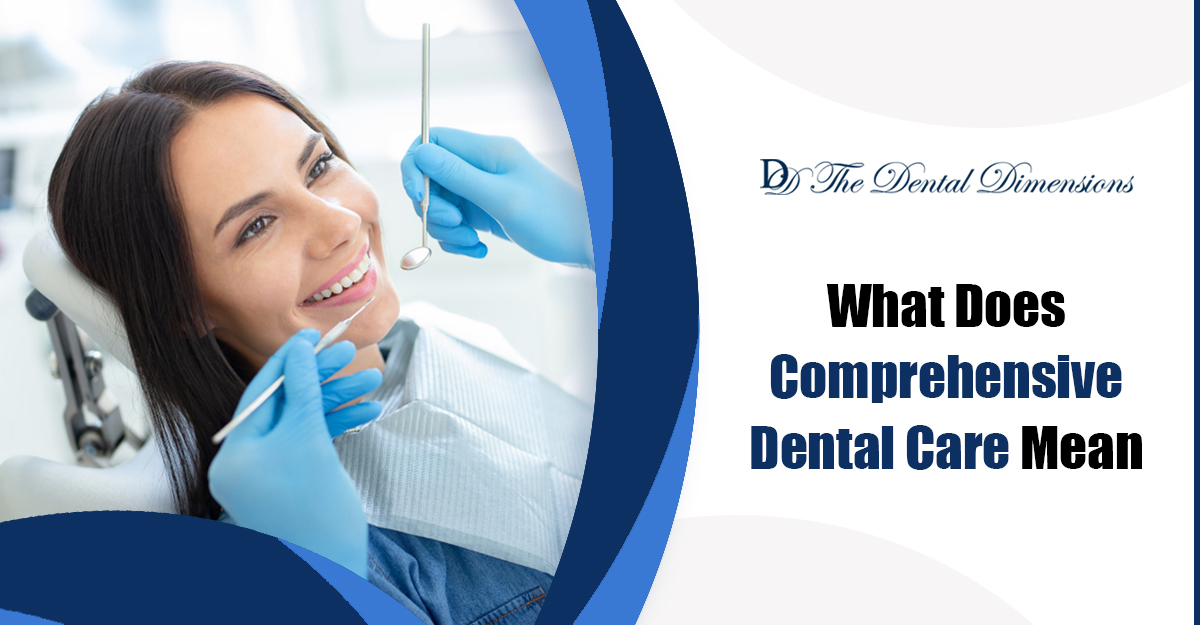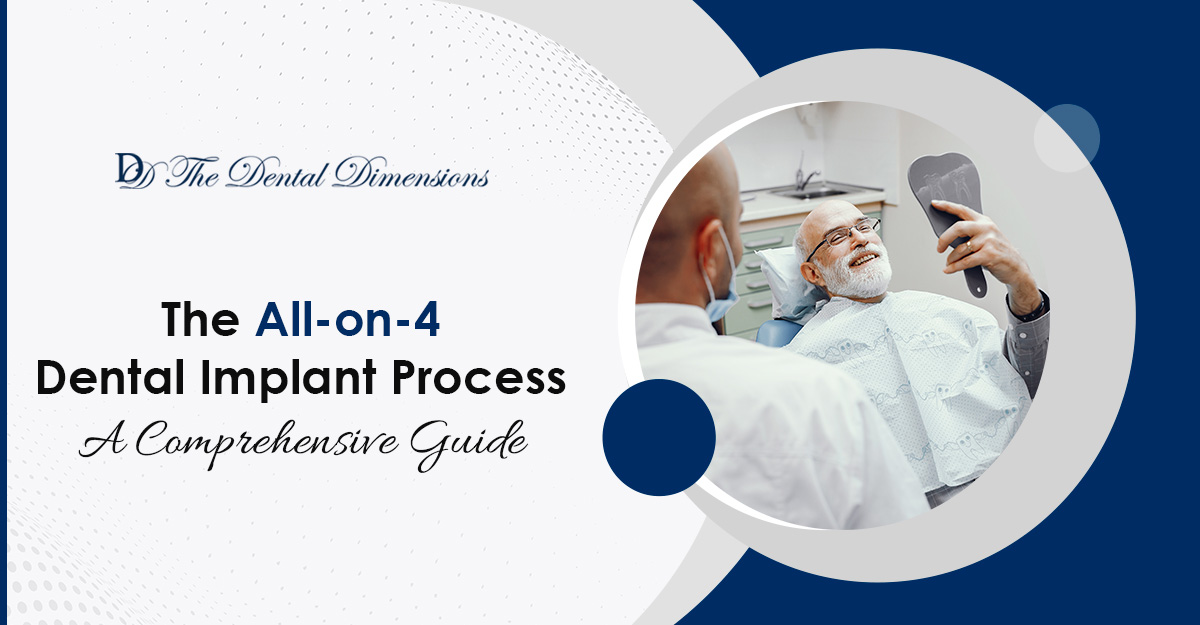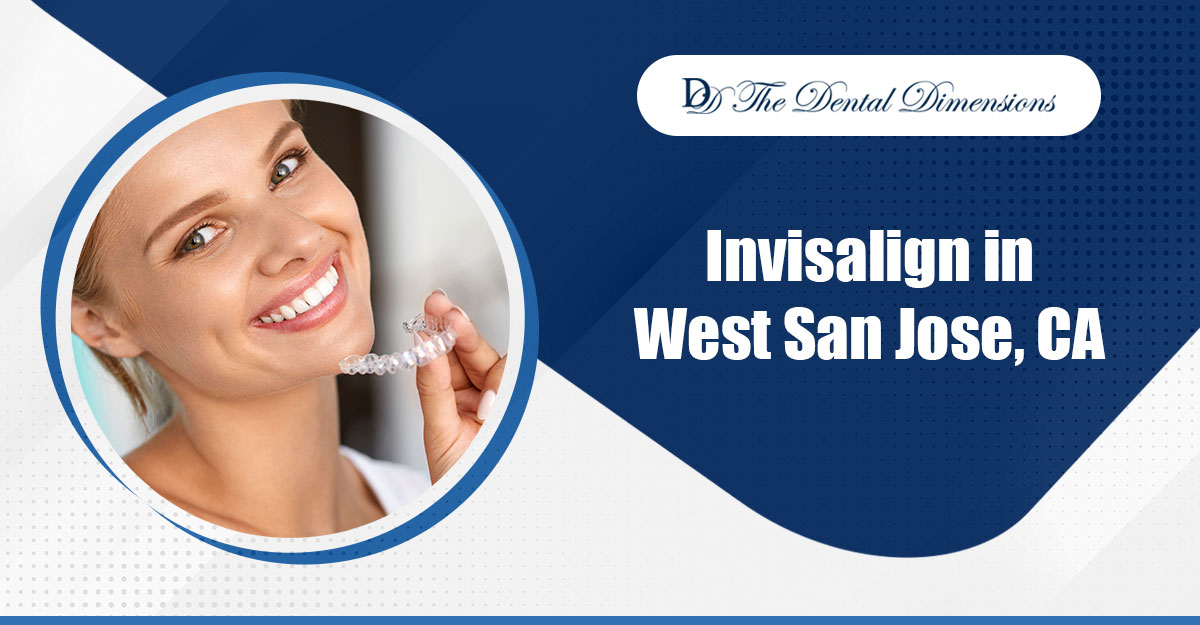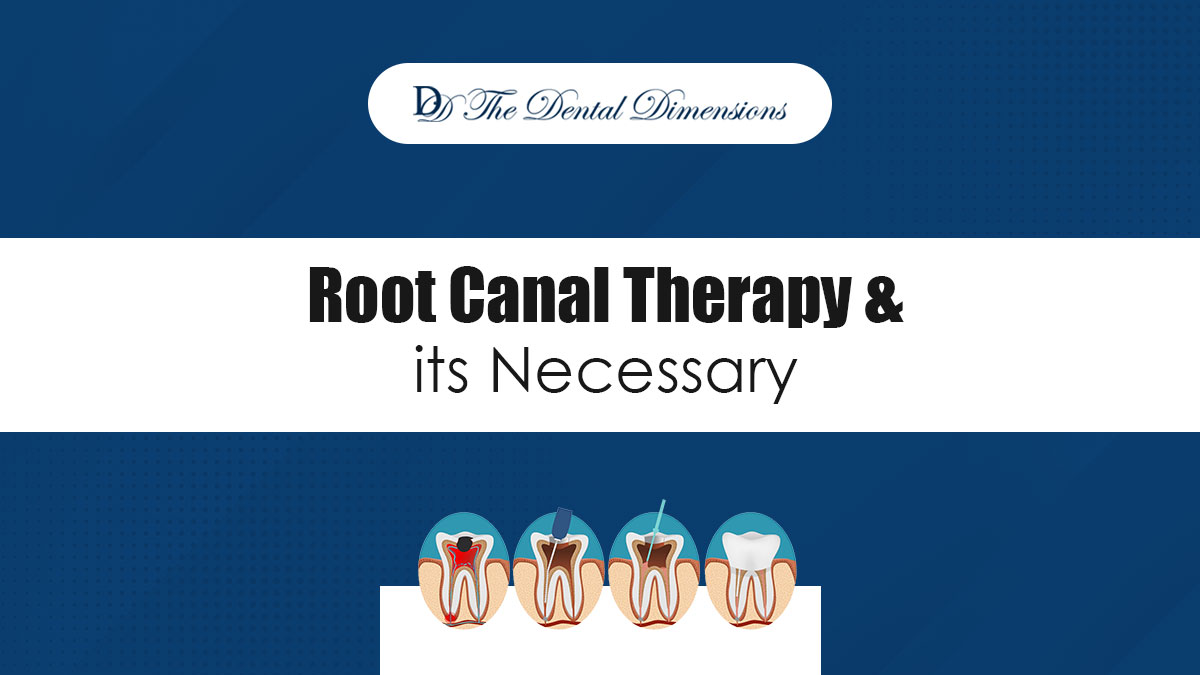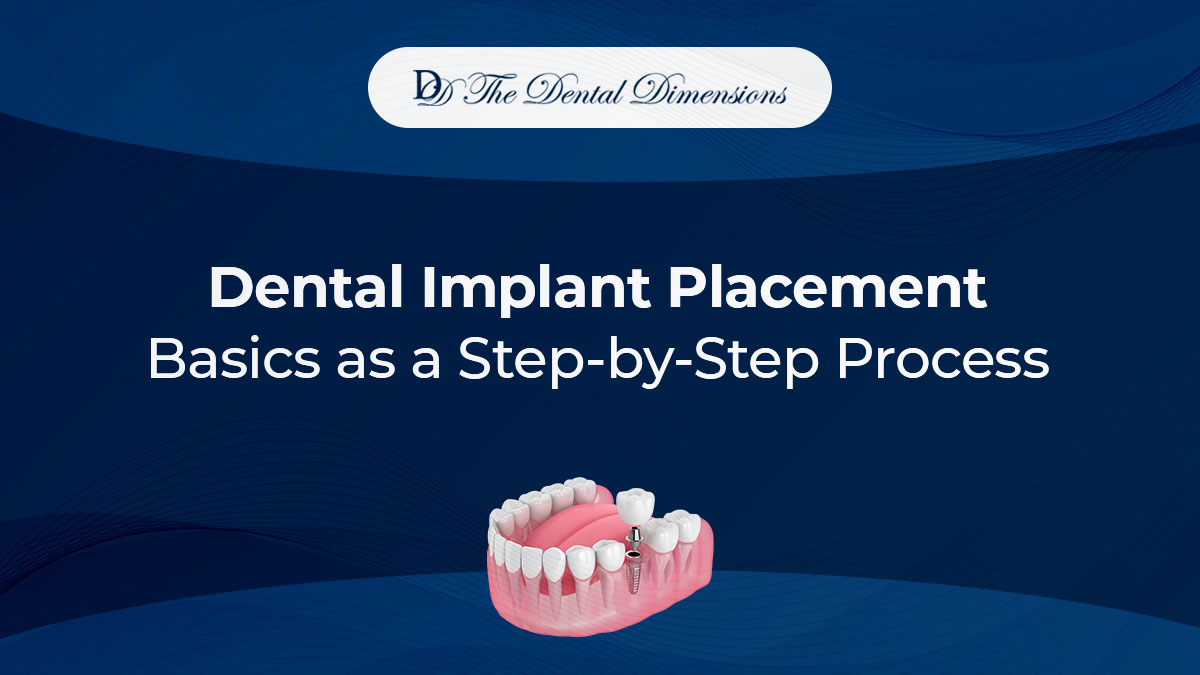Maintaining good oral health is essential for your overall well-being, and comprehensive dental care plays a vital role in achieving this goal. At The Dental Dimension in California, we are committed to providing comprehensive dental care that goes beyond routine check-ups and cleanings.
In this blog post, we will explore what comprehensive dental care means and why it is important for your oral health and overall quality of life.
1. A Holistic Approach to Oral Health:
Comprehensive dental care takes a holistic approach to oral health, considering not only the teeth and gums but also the overall well-being of the patient. It involves a thorough evaluation of your oral health, including a comprehensive examination, dental screenings, and assessments of your dental history and lifestyle factors that may impact your oral health.
2. Prevention and Education:
Preventive care is a cornerstone of comprehensive dental care. It focuses on educating patients about proper oral hygiene practices, including brushing, flossing, and maintaining a healthy diet. Regular dental check-ups and cleanings help identify and address potential dental issues early on, preventing them from progressing into more significant problems.
3. Restorative Treatments:
Comprehensive dental care includes a range of restorative treatments to address dental issues and restore optimal oral health. This may include dental fillings, crowns, bridges, implants, dentures, and root canal therapy. These treatments aim to repair damaged teeth, replace missing teeth, and restore the functionality and aesthetics of your smile.
4. Periodontal Care:
Comprehensive dental care extends to the gums and surrounding tissues. Periodontal care involves the diagnosis and treatment of gum disease, which can lead to serious oral health issues if left untreated. Periodontal treatments may include scaling and root planing, antibiotic therapy, and ongoing maintenance to manage gum disease and prevent its progression.
5. Cosmetic Dentistry:
Comprehensive dental care recognizes the importance of a confident smile. Cosmetic dentistry procedures, such as teeth whitening, veneers, and orthodontic treatments, are incorporated to enhance the appearance of your teeth and boost your self-esteem. These treatments can also contribute to improving your oral health by addressing issues like misalignment or worn-down teeth.
6. TMJ and Sleep Apnea Management:
Comprehensive dental care extends beyond teeth and gums to address conditions like temporomandibular joint (TMJ) disorders and sleep apnea. Dentists skilled in comprehensive care can provide solutions such as custom night guards or oral appliances to alleviate symptoms associated with TMJ disorders and sleep apnea, promoting better overall health and quality of life.
7. Collaborative Approach:
Comprehensive dental care often involves collaboration with other dental specialists and healthcare professionals to ensure you receive the most appropriate and effective treatment. This interdisciplinary approach ensures that all aspects of your oral health are addressed comprehensively, resulting in optimal outcomes.
Conclusion:
Comprehensive dental care goes beyond the basics of routine check-ups and cleanings. It encompasses preventive care, restorative treatments, periodontal care, cosmetic dentistry, and management of conditions like TMJ disorders and sleep apnea. By adopting a holistic approach to oral health, comprehensive dental care focuses on prevention, education, and the overall well-being of patients.
At The Dental Dimension, we are committed to providing comprehensive dental care tailored to your unique needs, helping you achieve and maintain a healthy, beautiful smile for a lifetime.


